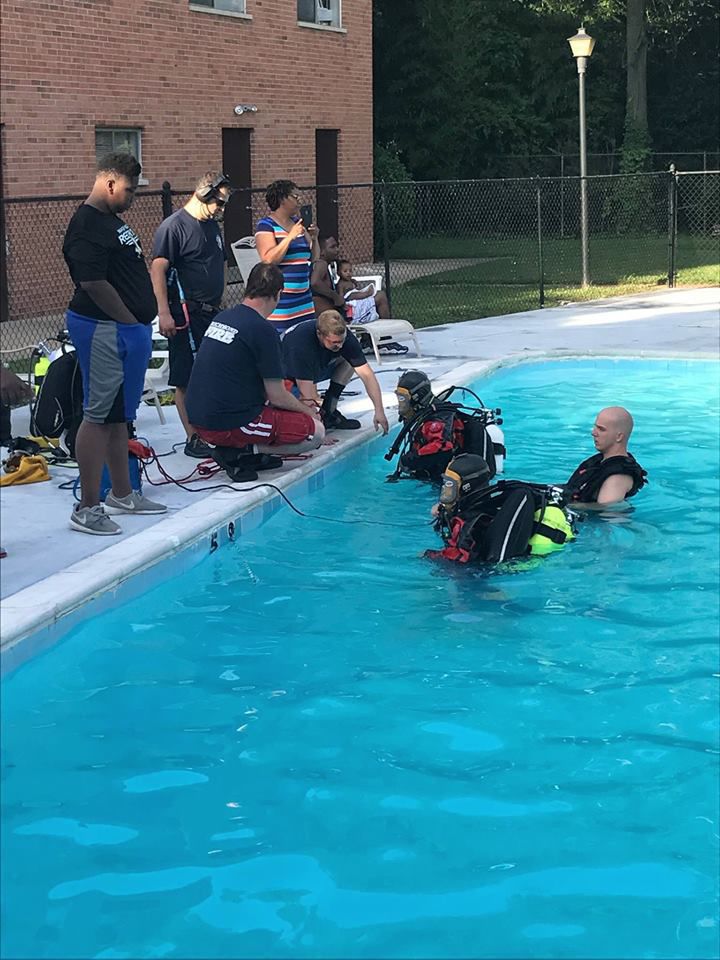
Private landowners are also advancing the efforts of bird conservation within IBAs by signing up for Farm Bill programs that offer cost-share incentives to improve wildlife habitat on farms and rural lands. Volunteers planted over 3500 native trees and shrubs on the refuge to provide habitat and help to control erosion and invasive species.

In 2006, over 200 volunteers gathered together to restore 20 acres of a degraded field on Presquile NWR - a part of the Lower James River IBA. These survey efforts have led to at least 3 new IBAs (Allegheny Highlands, Stone and Powell Mountains, and Pine Mountain). Local volunteers have assisted in survey efforts to more clearly define the breeding distribution of vulnerable species in Virginia. The IBA Program is a citizen program and whenever possible, we involve people like you in monitoring, identifying, and ultimately conserving Virginia's IBAs. Identification of new IBAs will be an ongoing process as more information about potential sites is gathered from conservation partners and citizen scientists.

To date, the Virginia IBA Technical Committee has recognized 20 IBAs that span the broad diversity of habitats from the sandy coastal beaches to the rugged mountains of the Appalachians and everything in between. The Center for Conservation Biology, with funding from the Department of Environmental Quality's Coastal Zone Management Program, has contributed significantly to IBA designation on the coastal plain. Members on this committee and other important partners represent over 15 different conservation and management groups throughout the state. An IBA Technical Committee was soon created to facilitate the nomination and review of potential IBAs throughout the state. The Virginia Audubon Council partnered with the Virginia Society of Ornithology, the Virginia Department of Game & Inland Fisheries, and the National Audubon Society to establish the program in 2002. The Virginia Important Bird Areas Program was initiated to help ensure the protection of the most essential places for birds in our state.

Native birds bring enjoyment, educational opportunities, and economic vitality to many parts of our state and have helped to maintain the biological diversity that our natural world so intimately depends upon. Over 400 bird species have been recorded either breeding, wintering, or migrating through Virginia. Not surprisingly, this incredible habitat diversity supports an equally impressive diversity of bird life. Extending from the expansive forests and pastoral beauty of the ridge and valley, to the rolling hills and woodlands of the Piedmont, to the extensive marshes and remote barrier islands of the coastal plain, Virginia has a remarkable diversity of habitats. See what's happening at our Virginia is a state rich with natural beauty and awe-inspiring diversity.


 0 kommentar(er)
0 kommentar(er)
